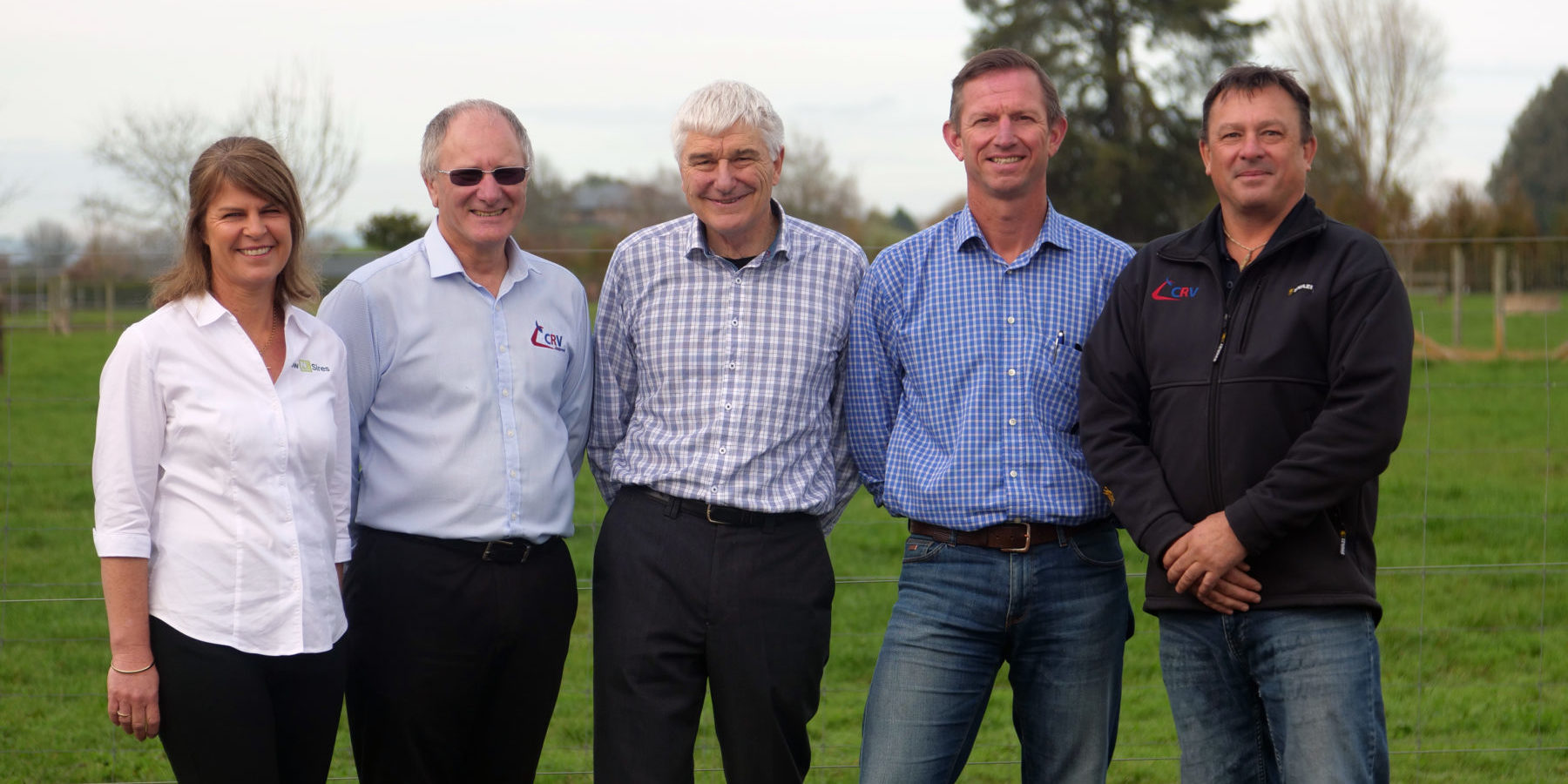CRV Ambreed’s LowN team is tackling the issue of nitrogen loss from urine patches at its source.
Every day around 1,000 tonnes of nitrogen (N) hits New Zealand farmland in urine from lactating cows. On average, 200 tonnes leaches into groundwater or waterways where it can affect water quality. A smaller amount becomes nitrous oxide, a potent greenhouse gas. There is a known relationship between levels of nitrogen (as urea) in milk and levels in urine. By studying a million milk samples from 200,000 cows, CRV Ambreed’s LowN team revealed scope to selectively breed animals that would pass less urinary N. Semen from their ‘LowN Sires’ is already available and its use will reduce milk urea and urinary N in female offspring by at least 7% within eight years, reducing N leaching by 13%.
CRV Ambreed’s LowN
Breeding out N
Food & Agricultural Science Award
CRV Ambreed’s LowN team is tackling the issue of nitrogen loss from urine patches at its source.
Every day around 1,000 tonnes of nitrogen (N) hits New Zealand farmland in urine from lactating cows. On average, 200 tonnes leaches into groundwater or waterways where it can affect water quality. A smaller amount becomes nitrous oxide, a potent greenhouse gas. There is a known relationship between levels of nitrogen (as urea) in milk and levels in urine. By studying a million milk samples from 200,000 cows, CRV Ambreed’s LowN team revealed scope to selectively breed animals that would pass less urinary N. Semen from their ‘LowN Sires’ is already available and its use will reduce milk urea and urinary N in female offspring by at least 7% within eight years, reducing N leaching by 13%.





